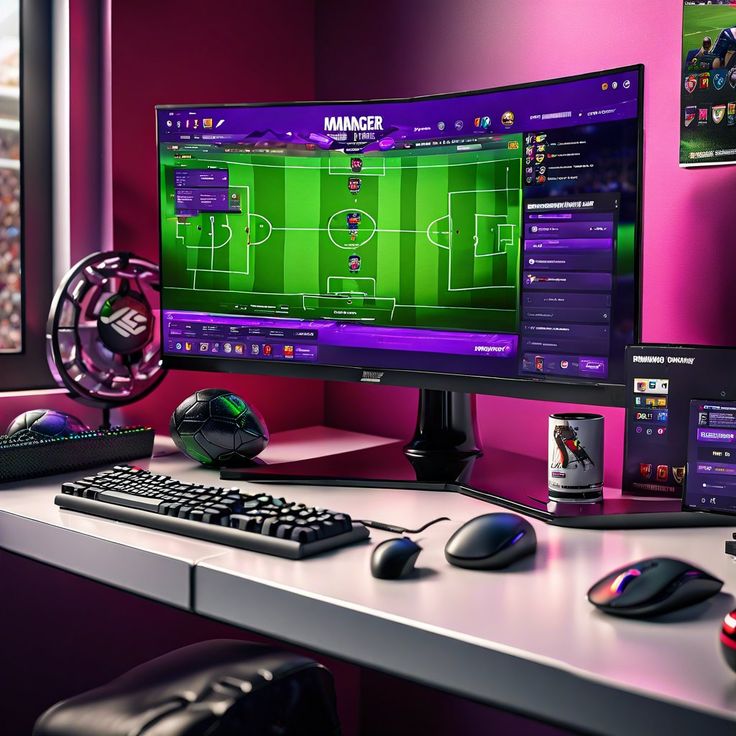As gaming technology continues to evolve, Virtual Reality (VR) and Augmented Reality (AR) have emerged as two of the most exciting innovations. Each offers unique ways to experience games, pushing the boundaries of immersion and interaction. But which is better for gaming? Let’s dive into the world of VR and AR to explore their strengths, weaknesses, and impact on gaming.
What is Virtual Reality (VR)?
Virtual Reality fully immerses players in a digital environment, cutting them off from the physical world. Using devices like VR headsets and motion controllers, players can interact with 3D virtual worlds in real-time. Games such as Beat Saber, Half-Life: Alyx, and No Man’s Sky VR showcase the potential of VR to create unparalleled experiences.
What is Augmented Reality (AR)?
Augmented Reality overlays digital elements onto the real world, blending virtual objects with physical surroundings. AR games like Pokémon GO, Minecraft Earth, and Ingress allow players to interact with their environment in new and exciting ways, often relying on smartphones or AR glasses.
Immersion: Who Wins?
- VR: The strongest suit of VR is its ability to immerse players completely. By isolating players in a simulated environment, VR creates a sense of “presence” that is unmatched. However, this requires a dedicated space and hardware, which can be limiting.
- AR: AR, on the other hand, enhances the real world rather than replacing it. This makes AR less than VR but more practical for casual gaming since it doesn’t require a fully setup.
Winner: VR takes the crown for full immersion, but AR wins for blending gaming with real life.
Accessibility and Hardware
- VR: VR demands specialized equipment like headsets (e.g., Meta Quest, PlayStation VR) and sometimes additional sensors. While the technology has become more affordable over the years, it still requires a significant investment and technical setup.
- AR: AR gaming often relies on devices most people already own, like smartphones and tablets. With the advent of AR glasses, the barrier to entry remains lower than VR, making it more accessible to a broader audience.
Winner: AR is more accessible due to its reliance on everyday devices.
Gameplay Styles
- VR: VR is perfect for games that require deep immersion, such as first-person , adventure games, and simulations. Titles like Elite Dangerous VR let players step into expansive universes, while fitness games like Supernatural turn exercise into a fun experience.
- AR: AR excels in social and location-based gaming. Pokémon GO turned parks and streets into virtual grounds, proving AR’s potential to merge gaming with outdoor activities. AR also works well for educational and casual games that engage players without requiring total focus.
Winner: It’s a tie, depending on the type of gameplay you prefer.
Social Interaction
- VR: While VR has multiplayer games, the nature often isolates players from their physical environment. Social VR platforms like VRChat and Rec Room are bridging this gap, but playing VR games in a group setting can be challenging.
- AR: AR thrives on social interaction by integrating seamlessly with the physical world. Games like Pokémon GO encourage group activities and real-world meetups, fostering a sense of community.
Winner: AR is better for social and group gaming.
Technical Challenges
- VR: VR can be demanding on hardware, requiring powerful GPUs and high refresh rates to prevent motion sickness. Additionally, the bulky equipment can be uncomfortable for long gaming sessions.
- AR: AR faces challenges in creating realistic overlays that align perfectly with the real world. Battery consumption on mobile devices is another common issue.
Winner: Both face unique challenges, but AR has the edge in usability and comfort.
Future Potential
- VR: With advances in haptic feedback, wireless headsets, and improved motion tracking, VR has the potential to become even more . However, mainstream adoption may still take time due to cost and complexity.
- AR: AR’s integration with everyday devices and potential for non-gaming applications (e.g., education, shopping) gives it a broader appeal. The rise of AR glasses and 5G connectivity will likely push AR gaming to new heights.
Winner: AR has broader future potential due to its v

